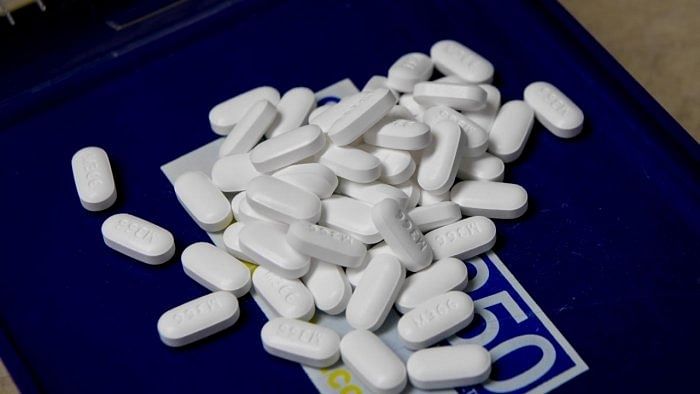
A global study released on Monday has revealed that river water samples worldwide, including from Delhi and Hyderabad, are contaminated with antibiotics, painkillers, anti-diabetic, anti-epileptic, and anti-inflammatory drugs, posing a threat to the ecology and human health.
The study, the world’s first comprehensive survey on pharmaceutical pollution of rivers, has found the highest contamination levels in low and middle-income countries like India that have a large pharmaceutical production base but poor environmental regulations.
The researchers analysed concentrations of 61 APIs at 1,052 locations along 258 rivers located in 104 countries across all continents, representing the environmental influence on 471.4 million people.
Delhi with 46,700 nanograms of API per liter of Yamuna water is among the world’s worst cities at the fourth spot after Lahore (70,700) in Pakistan, La Paz (68,800) in Bolivia and Addis Ababa (51,300) in Ethiopia.
Hyderabad (12,600 nanograms) is little better but nowhere close to New York (2,570), London (3,080), and Paris (662).
“The most contaminated sites were in low-to-middle-income countries in areas associated with poor wastewater and waste management infrastructure,” the team with 127 scientists representing 86 institutions, said in a statement. Researchers from IIT Delhi and IIT Hyderabad are part of the team,
Globally, the most frequently detected APIs were the anti-epileptic drug carbamazepine, the antihyperglycemic drug metformin, and caffeine. Metformin and caffeine were also detected at over 50% of all the sampling sites worldwide.
In India, the ingredients of anti-diabetic medicines are found the maximum (21,000 nanograms per litre) followed by stimulants (20,400), painkillers (3,060) and anti-epileptic medicines (2,000).
India, in fact, is second to Bolivia in having the highest concentration of anti-diabetic drugs in rivers. Other medicine ingredients that have been found in rivers include antibiotics, antihistamines, antidepressants and beta-blockers.
Despite growing evidence of the deleterious effects on ecological and human health, little is known regarding the global occurrence of pharmaceuticals in rivers.
Studies assessing their occurrence are available for 75 of 196 countries, with most research conducted in North America and Western Europe. This leaves large geographical regions relatively unstudied, the scientists reported in the Proceedings of the National Academy of Sciences.
Previous studies by the IIT Delhi team found the presence of several antibiotics including the most potent ones in Delhi wastewater and how such antibiotics are being transported to the Yamuna through the sewage system. The PNAS study shows antibiotics are not the only class of drugs contaminating the rivers.
"We demonstrate that pollution of the world’s rivers by medicinal chemicals is a global problem that poses risk to both aquatic ecology and potential anti-microbial resistance selection” they reported.
Watch latest videos by DH here:
